Other

“A team led by HZB physicist Dr. Jaime Sánchez-Barriga has gained new insights into the ultrafast response of topological states of matter to femtosecond laser excitation. Using time- and spin-resolved methods at BESSY II, the physicists explored how, after optical …

“Silicon solar cells are now so cheap and efficient that they can generate electricity at prices of less than 2 cent/kWh. The most efficient silicon solar cells today are made with less than 10 nanometres thin selective amorphous silicon …
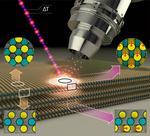
“Thin films of molybdenum and sulfur belong to a class of materials that can be considered for use as photocatalysts. Inexpensive catalysts such as these are needed to produce hydrogen as a fuel using solar energy. However, they are still …
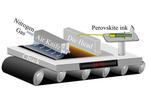
“A long-cherished dream of materials researchers is a solar cell that converts sunlight into electrical energy as efficiently as silicon, but that can be easily and inexpensively fabricated from abundant materials. Scientists at the Helmholtz-Zentrum Berlin have now come a …
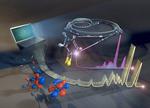
“The electronic structure of complex molecules and their chemical reactivity can be assessed by the method of resonant inelastic X-ray scattering (RIXS) at BESSY II. However, the evaluation of RIXS data has so far required very long computing times. A …
“An HZB team has published a report in the journal Science on the development of its current world record of 29.15% efficiency for a tandem solar cell made of perovskite and silicon. The tandem cell provided stable performance for …

“Scientists at HZB have printed and explored different compositions of caesium based halide perovskites (CsPb(BrxI1−x)3 (0 ≤ x ≤ 1)). In a temperature range between room temperature and 300 Celsius, they observe structural phase transitions influencing the electronic properties …
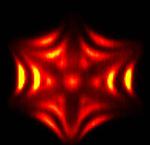
“Germanium Telluride is an interesting candidate material for spintronic devices. In a comprehensive study at BESSY II, a Helmholtz-RSF Joint Research Group has now revealed how the spin texture switches by ferroelectric polarization within individual nanodomains. Germanium telluride (GeTe …
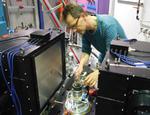
“Solar cells based on hybrid halide perovskites achieve high efficiencies. These mixed organic-inorganic semiconductors are usually produced as thin films of microcrystals. An investigation with the Laue camera at the neutron source BER II could now clarify that twinning occurs …
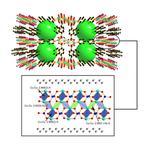
“Researchers at the Technische Universität Berlin (TUB) have created a new family of semiconductors, the properties of which were investigated by the Helmholtz-Zentrum Berlin (HZB). The researchers christened the first member “TUB75”. The material belongs to the class called metal-organic …
